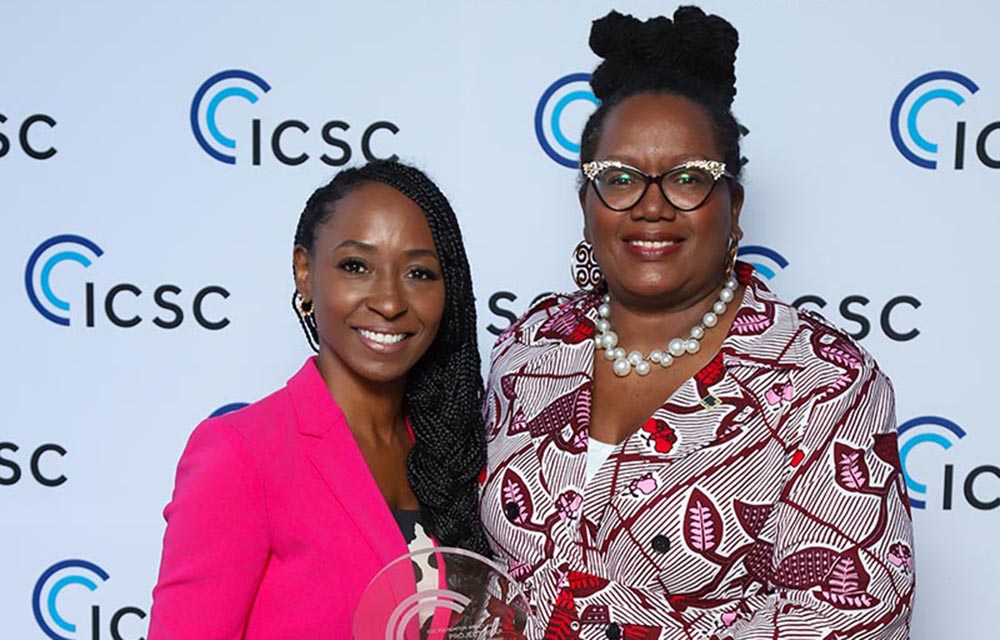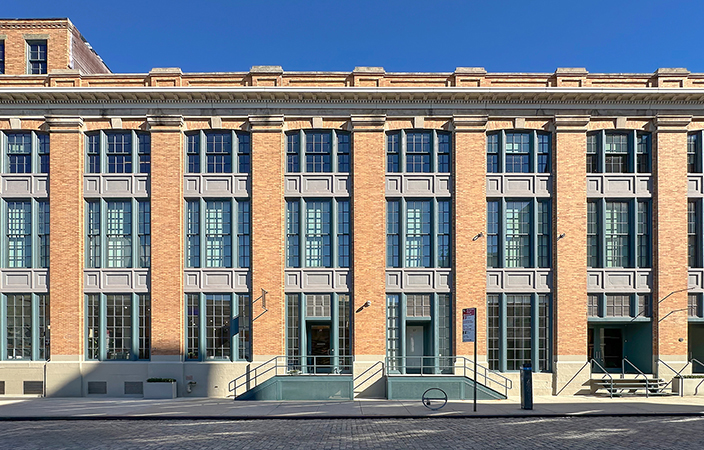News:
Brokerage
Posted: October 23, 2009
Finding new ways to finance real estate development: The challenges that we face
As everyone in commercial real estate development is aware, the financing world has changed dramatically over the past two years. The various financing options previously available to real estate developers have either disappeared completely (the commercial mortgage backed securities market) or are now severely contracted (commercial banks, life insurance companies). The challenge all of us face now is to find new ways of financing real estate development for this critical sector of the United States economy.
Two years ago, a developer with a new project proposal could obtain financing with minimal equity, little or no pre-leasing and obtain extremely favorable interest rates. As one would expect, this resulted in a very aggressive financing market, with many projects financed under optimistic assumptions. Many of these projects are now struggling, causing a wave of defaults and problem loans for the original lenders. In this environment, even a well-structured project with a significant equity investment is difficult to finance.
Given bleak environment, one would expect that no new projects are moving forward. Fortunately, over the past ten years a number of financing enhancements have been put in place through the federal, state and local governments and creative developers are utilizing these options to get their projects done. While these options may have been overlooked in the past as being too cumbersome and difficult, they are now being looked at once again and combined with a lower level of traditional financing to put all of the pieces in place to fund a project.
In the state of New York, there are numerous programs in place to fund real estate development. These programs presently include:
* New Market Tax Credits
* Historic Tax Credits (both Federal and NYS)
* Restore New York Grants
* Tax Exempt Bond Financing
* Empire Zone Benefits
* Local Payment In Lieu of Tax Programs (PILOT)
* Brownfield Credits
In addition to these major programs, there are a number of other incentives available through local governments and utility companies.
While any one of these programs can be a daunting task to put into place, developers here in Syracuse, have successfully combined many of these options in order to proceed with their projects. The complexity introduced by using just one of these options can delay a project and the combination of multiple layers can be extremely difficult and time consuming. However, with the proper team in place and a positive, persistent approach, the pieces can be put together to move a project forward.
The following are a number of examples of projects that have either been successfully completed or are in progress in the central New York area. Many of these are urban redevelopment projects that, by their nature, are difficult to develop in any economic and financing environment. But through the layering of all available options, these projects were able to move forward.
* A $16 million acquisition of a former department store in downtown Syracuse. This project involves the renovation of several vacant floors of the building into 44 residential units to go along with the existing 130,000 s/f of commercial space. Funding is being provided through a Restore New York Grant, historic tax credit equity, secondary financing through the city of Syracuse's Economic Development Corp. and a conventional first mortgage provided by The Community Preservation Corp. and three commercial banks.
* A $20 million new construction of a residential condo/commercial office structure also in downtown Syracuse. This project is nearing completion and its funding sources included new market tax credits, subordinate financing through the city of Syracuse, a grant from the local utility company, Empire Zone tax benefits and a commercial bank construction loan.
* The $21 million acquisition/renovation of four adjacent historic buildings in the core of downtown Syracuse. This proposed project will involve funding from a City By City Grant, federal and state historic tax credits, utility grant, subordinate financing from NYS Dormitory Authority and possibly new market tax credits, in addition to a conventional bank construction loan.
None of these high profile projects could have moved beyond the discussion stage without the use of multiple funding sources. Due to the high construction costs in the downtown area and the uncertainty related to the sale or rental of the residential units, a standard financing approach would not have been successful.
If a developer plans on pursuing multiple funding sources, such as these three projects, there should be an allowance for significant lead-time to coordinate the various layers. A one or two-year time frame is not unusual to make sure all of the moving parts are in sync. The upside of this arduous process is the successful completion of a project that otherwise would not have gone forward.
Richard Driscoll is a vice president for Commercial Real Estate, M&T Bank, Syracuse, N.Y.
Tags:
Brokerage
MORE FROM Brokerage
SABRE coordinates sale of six properties totaling 199,845 s/f
Huntington, NY SABRE Real Estate Advisors has completed the sale of six commercial properties across Long Island and Northern New Jersey, further underscoring the firm’s strength as a trusted partner in complex real estate transactions. The deals were led by executive vice presidents Jimmy Aug and Stu Fagen, whose combined expertise continues to drive exceptional results for clients across the region.

Quick Hits
Columns and Thought Leadership

Behind the post: Why reels, stories, and shorts work for CRE (and how to use them) - by Kimberly Zar Bloorian
Let’s be real: if you’re still only posting photos of properties, you’re missing out. Reels, Stories, and Shorts are where attention lives, and in commercial real estate, attention is currency.

Strategic pause - by Shallini Mehra and Chirag Doshi
Many investors are in a period of strategic pause as New York City’s mayoral race approaches. A major inflection point came with the Democratic primary victory of Zohran Mamdani, a staunch tenant advocate, with a progressive housing platform which supports rent freezes for rent

Lasting effects of eminent domain on commercial development - by Sebastian Jablonski
The state has the authority to seize all or part of privately owned commercial real estate for public use by the power of eminent domain. Although the state is constitutionally required to provide just compensation to the property owner, it frequently fails to account

Lower interest rates and more loan restructuring can help negate any negative trending of NOI on some CRE projects - by Michael Zysman
Lower interest rates and an increased number of loan restructurings will be well received by the commercial real estate industry. Over the past 12 months there has been a negative trend for NOI for many properties across the country.







.jpg)
.gif)
.gif)